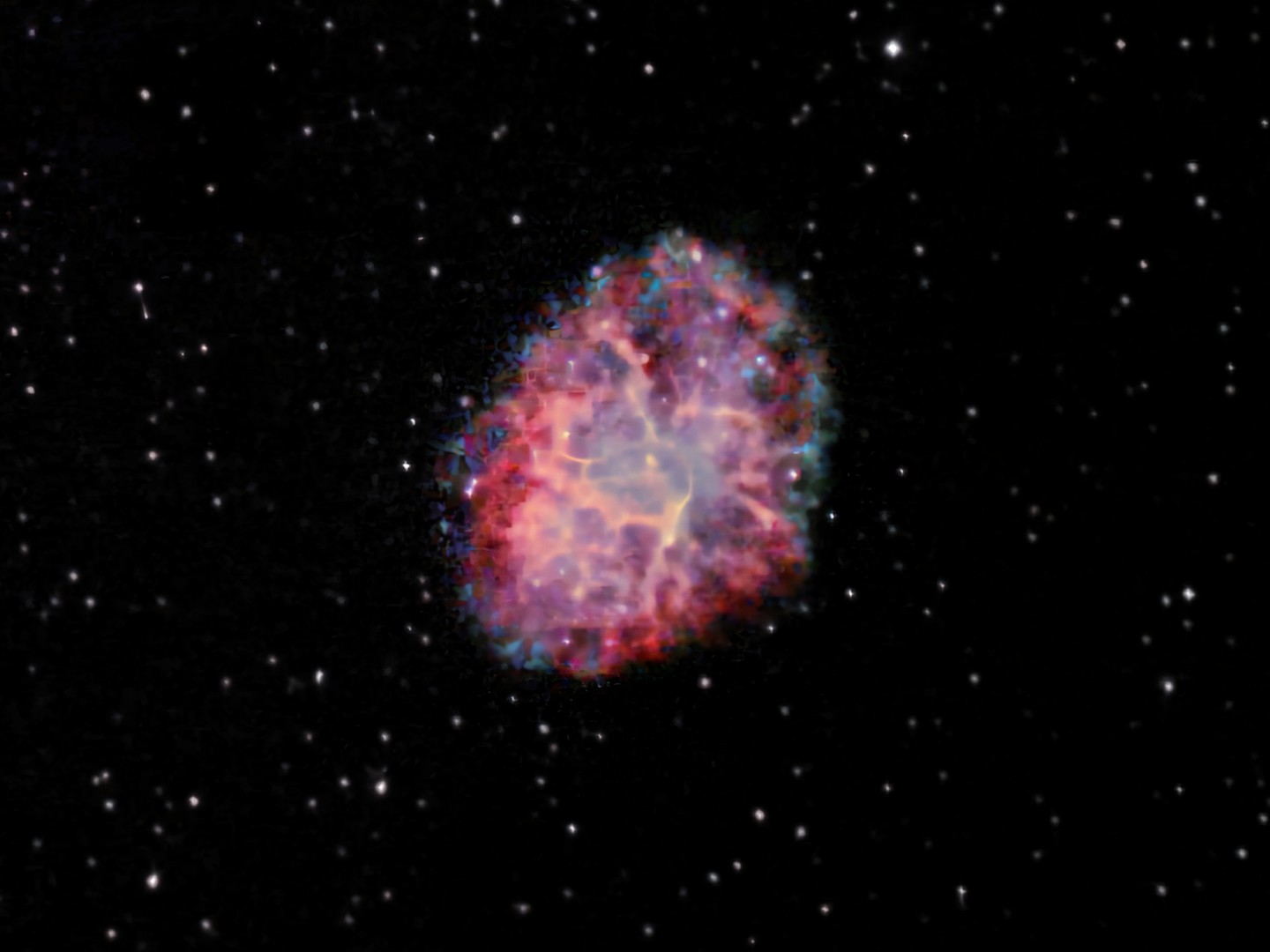- Starry Safari events and why there is no Starry Safari tonight.
- The importance of astronomy in understanding natural phenomena.
- The significance of the Crab Nebula in astronomical studies.
- The connection between sky observations and wildlife conservation.
- Upcoming events in the field of public astronomy and education.
Remember, there is no Starry Safari tonight since it is the third Friday of the month. Typically, Starry Safari events offer a unique opportunity for participants to explore the skies through guided sessions held at observatories. These events provide individuals with the chance to engage with astronomy through hands-on experiences and interactive learning. The absence of an event this evening highlights the need for structured scheduling and organized programming in public outreach activities. Understanding this schedule helps participants plan their visits and encourages them to explore alternative astronomical phenomena on their own or through scheduled future events.
Astronomy plays a crucial role in our grasp of natural phenomena. The universe, with its vast and intricate composition, provides context for life on Earth. Studying celestial bodies such as stars, planets, and nebulae contributes to our comprehension of everything from seasonal changes to gravitational forces that impact our environment. This perspective is invaluable in both scientific research and environmental conservation. By fostering an appreciation for astronomy, public viewing events inspire individuals to become more invested in the natural world. It bridges the gap between curiosity and scientific inquiry, making celestial studies more accessible to the community.
The Crab Nebula serves as an outstanding feature in astronomical studies. As the remnants of a supernova explosion noted by astronomers in 1054, it offers a glimpse into stellar evolution and the life cycle of stars. Scientists use this luminous entity to study the effects of supernovae on surrounding regions of space and to understand the processes leading up to such explosive events. The Crab Nebula, characterized by its intricate filaments and energetic outflows, is a testament to the dynamic processes of the cosmos. Its importance extends beyond its visual appeal; it serves as a laboratory for examining matter, electromagnetic phenomena, and particle acceleration in space. Engaging with such content during public events fosters educational engagement and sparks interest in astronomical science.
The connection between sky observations and wildlife conservation is profound. By studying celestial patterns, humans have historically been able to predict migration patterns, breeding seasons, and other ecological rhythms tied to the yearly cycle. This knowledge is essential for effective zoo management and wildlife conservation efforts. Zoos and conservationists rely on this astronomical information to synchronize breeding programs, plan conservation strategies, and protect endangered species by anticipating environmental changes. Integrating astronomy into conservation practices enriches our understanding of ecological systems and improves our ability to nurture and sustain biodiversity.
Looking forward, public engagement through astronomy promises numerous opportunities for education and conservation awareness. Encouraging participation in events like Starry Safari strengthens community connections to both the cosmos and the natural environment. As we prepare for the next public viewing opportunity on Friday, April 25th, participants can anticipate a seamless integration of science education, environmental activism, and an appreciation for the wonders of the universe. Each event represents not just a chance to observe the skies, but also an opportunity to reflect on our role within the broader ecological and cosmic tapestry. Integrating these experiences with conservation efforts not only broadens scientific literacy but also fosters a commitment to preserving our planet for future generations.
*****
Source Description
Remember, there is NO Starry Safari tonight since it’s the 3rd Friday of the month. Until our next public viewing opportunity on Friday, April 25th, consider our scope’s view of the Crab Nebula, the result of a supernova explosion that appeared in Earth’s skies in the year 1054!


